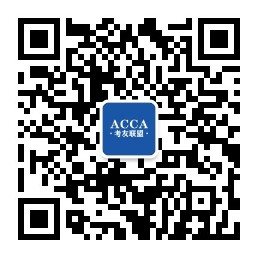掌握一门课程的内容需要学员的学习与理解,在备考ACCA考试的时候,每一个知识点都很关键,掌握需要记忆的内容,理解需要了解的内容。ACCA考试知识点的学习是通过考试的第 一步,ACCA考试measurement包含的知识点有哪些?怎么学?
ACCA考试measurement包含的知识点并不算是很多,学员在备考的时候,需要对知识点的内容有所总结与规划。ACCA考试所需要掌握的财会知识有很多,下面是融跃小编给大家总结的知识点的内容:
1、总体原则
Fair value is a market-based measure, not an entity-spedfic one
maximise the use of relevant observable inputs and minimise the use of unobservable inputs
2、valuation techniques: 3 level In fair value hierarchy
Level 1 inputs:
Quoted prices (unadjusted) in active markets for identical assets or liabilities
the entity can access at the measurement date
Level 2 inputs:
Inputs that are observable for the asset or liability either directly (i.e. prices) or indirectly (i.e. derived from prices)
no significant adjustment
Level 3 inputs:
Unobservable inputs for the asset or liability
什么时候用:
where relevant observable inputs are not available
where the entity determines that transaction price or quoted price does not represent fair value
2、assumption
假设交易发生左两个市场之一 :principal market、the most advantageous market
3、非一般情况
a)For non-financial assets:
its highest and best use
from a market participant's perspective
假定: IFRS 13 allows management to presume that the current use of an asset is the highest and best use , unless market or other factors suggest otherwise
b)for a liability
假设:
the liability remains outstanding
the market participant transferee would be required to fulfil the obligation, rather than it being extinguished (偿清)
考虑因素:
nonperformance risk
credit risk
ACCA考试的相关内容分享就到这里,融跃教育为ACCA学员准备各种资料、免费代报名等服务,还有需要或不清楚的问题添加融跃教育老师微信rongyuejiaoyu。












